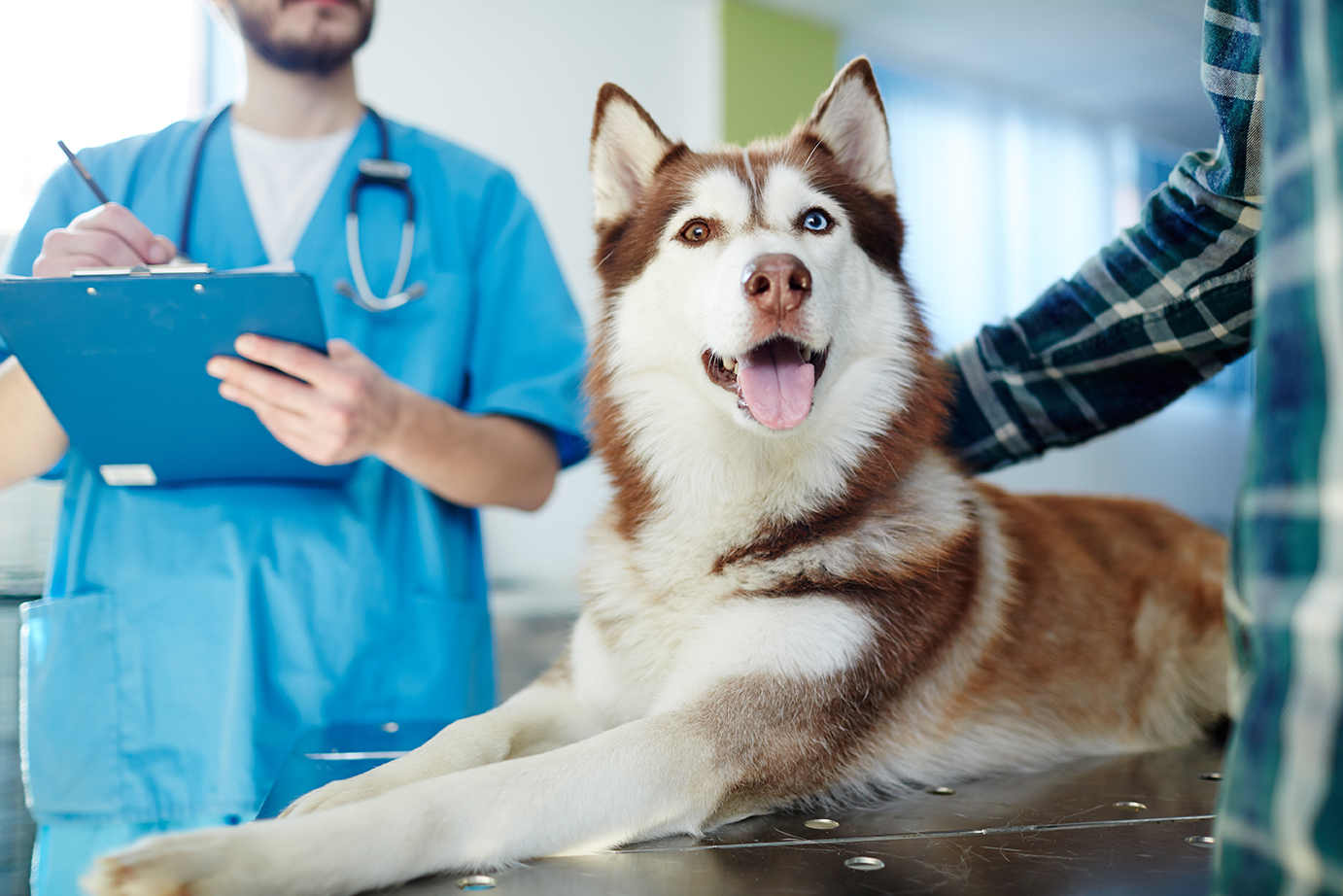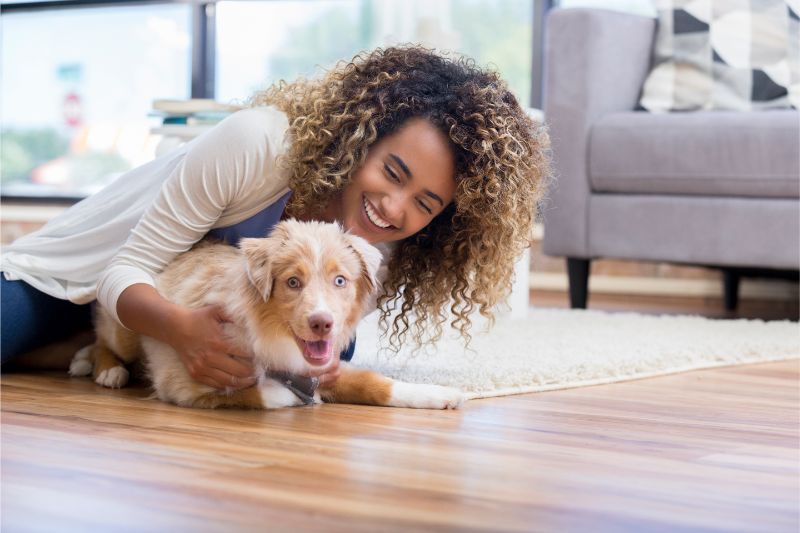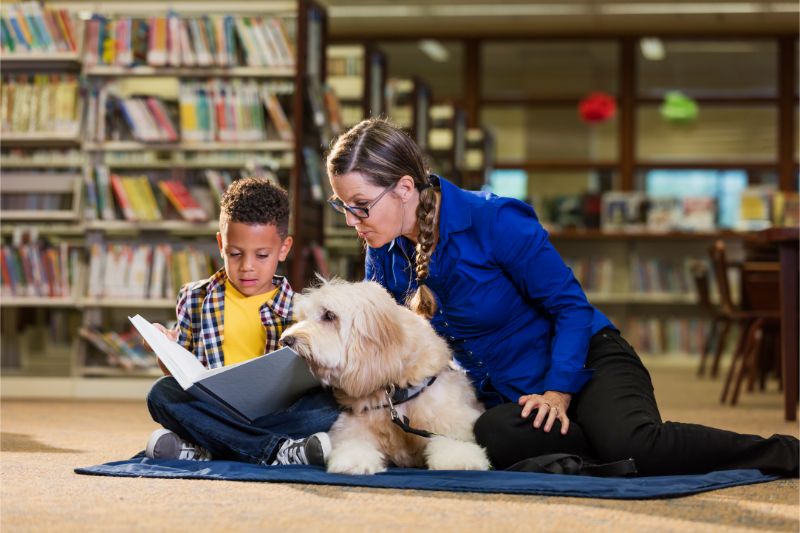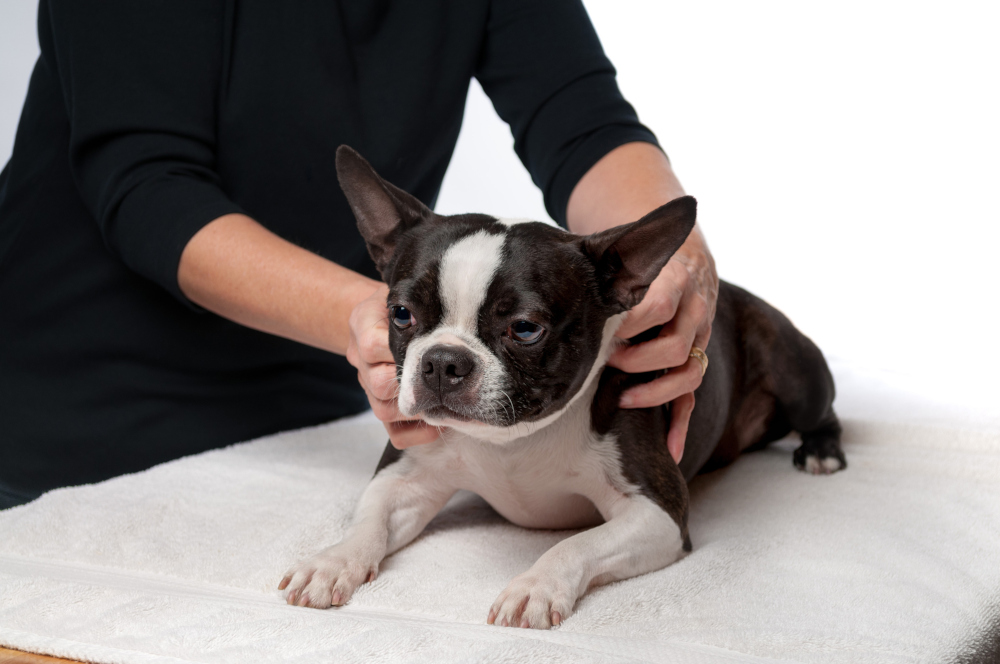Posts in Category: Training & Behavior
Keeping Your Cat Calm At Vet Visits

Keeping your cat calm during vet visits can be challenging. But with some preparation and care, you can make the experience less stressful for both of you. Below are tips to make the visit to the vet more tolerable.
Continue…How to help your dog stay calm during vet visits

Keeping your dog calm during vet visits doesn’t have to be stressful. In fact, there are several steps you can take to make your next trip a little easier for both you and your pet.
Continue…Pet Separation Anxiety

Just as humans, our pets can experience separation anxiety. It affects dogs, cats, birds and other small pets. If not addressed, a pet’s anxiety can develop into chronic, lifelong behavioral problems. These problems negatively impact a pet’s ability to interact appropriately with people and other pets. They can also jeopardize the pet’s relationship with its human family and, ultimately, its own well-being.
Continue…Working From Home? A New Look At Your Pet’s Behavior

For many pet owners, working from home has become more commonplace. While this new dynamic may present many challenges for human families, there’s one family member that probably likes it—your pet, of course!
It’s no mystery that pet ownership sometimes has its challenges, but being around our pets 24 hours a day, every day, may provide new perspective on this relationship. Not only is there the unique companionship that a pet adds to the workday, you might be gaining new insight into your pet’s behavior and needs. You may also discover that you now have to strike a balance between showing your pet attention and getting your work done.
Continue…Green In The Face: Why Does My Dog Eat Grass?

Dogs have a host of quirky behaviors, especially when it comes to eating odd things, and grass is definitely one of them. If your dog has a tendency to nibble on your lawn when outdoors, you probably want to know ‘why’ and if this habit is harmful. The team at Lone Tree Veterinary Medical Center is happy to help you better understand why some dogs like to consume the green stuff.
Continue…Dog Barks Decoded: The Meaning of the Sounds Dogs Make

Dogs are members of the canidae family, which also includes wolves, coyotes, foxes, jackals and hyenas. Just as their wild counterparts, dogs communicate with other animals and with us through the sounds they make.
Most dogs have a variety of vocalizations that are associated with what they want and how they are feeling – from happy to fearful, content or excited, annoyed or agitated.
The meaning of a dog’s sounds are varied and sometimes curious. The team at Lone Tree Veterinary Medical Center is here to decipher some of these barks, growls, mumbles, and yips into a discernible dictionary for us humans.
Continue…Like a Leaf: Reasons for a Shaking Dog

If only dogs could talk. All of us at Lone Tree Veterinary Medical Center would have so many questions for them!
Despite the language barrier, dogs still do communicate with us. By watching their body language and facial expressions, it is possible for us to see that our canine companions actually are saying something. When you observe a new behavior, pay attention, as it is just another way your pet could be telling you something you need to know. A shaking dog is a great example of this.
Continue…The Do’s and Don’ts of Dog House Training

Bringing home a new puppy is one of life’s great joys, but the prospect of potty training your newest family member can be daunting. Even adult dogs can experience some setbacks when it comes to proper elimination, whether they are recently adopted or you’ve raised them from puppyhood.
At Lone Tree Veterinary Medical Center, we’ve seen a lot when it comes to the challenges of house training our dogs. So, with the help of our on-staff professional dog trainer, we’ve put together a few tried and true tips to help you navigate a smooth and stress-free transition with your special companion.
Continue…Does Your Dog Have What it Takes to Be a Therapy Dog?

Do people routinely tell you how wonderful your dog is? If you are used to hearing “You have the best dog in the world!”, and you’re interested in sharing your dog with others who may benefit from your dog’s sweetness, perhaps you should consider therapy dog training! After all, what better way to spread the happiness and comfort that your dog brings than taking your sweet pup into a hospital or to a senior center where there are people who would appreciate a visit from a special four-legged companion?
Anyone who owns a dog knows how much this special bond adds to their quality of life, and there’s science to back it up. Recently, therapy dogs have been recognized by the scientific community for the health and healing benefits that they offer. Studies show that simply petting a dog stimulates the release of “feel good” neurochemicals, and contributes to lowered blood pressure, less depression, and an overall reduction in stress. There are numerous ways that therapy dogs can provide support, companionship, hope, and other health benefits to help people heal from both physical and psychological ailments.
Continue…When Is It Time for Pet Diapers?

Dealing with a dog or cat that can’t make it outdoors or to the litter box in time can be incredibly frustrating. Following your pet around, encouraging it to go in the appropriate spot, only to turn around and see a new puddle on the floor can leave even the most patient pet owner at wit’s end.
There are many possible causes for incontinence in pets, ranging from an infection or disease to a simple lack of proper house training. Exploring the potential cause is part of good preventive care and should be pursued. In cases where the cause cannot be treated, pet diapers may be the solution.
Continue…


